Spatial
Atelier I-N-D-J 7 PLATONIC FRACTAL
-
Pou Auaha / Creative Director
Ian Douglas-Jones -
Pou Rautaki / Strategic Lead
Sabrina Douglas-Jones
-
Ngā Kaimahi / Team Members
Deacan Tee, Laura Palvora, Johnson Xu, Vasily Betin -
Client
China Merchants Bank
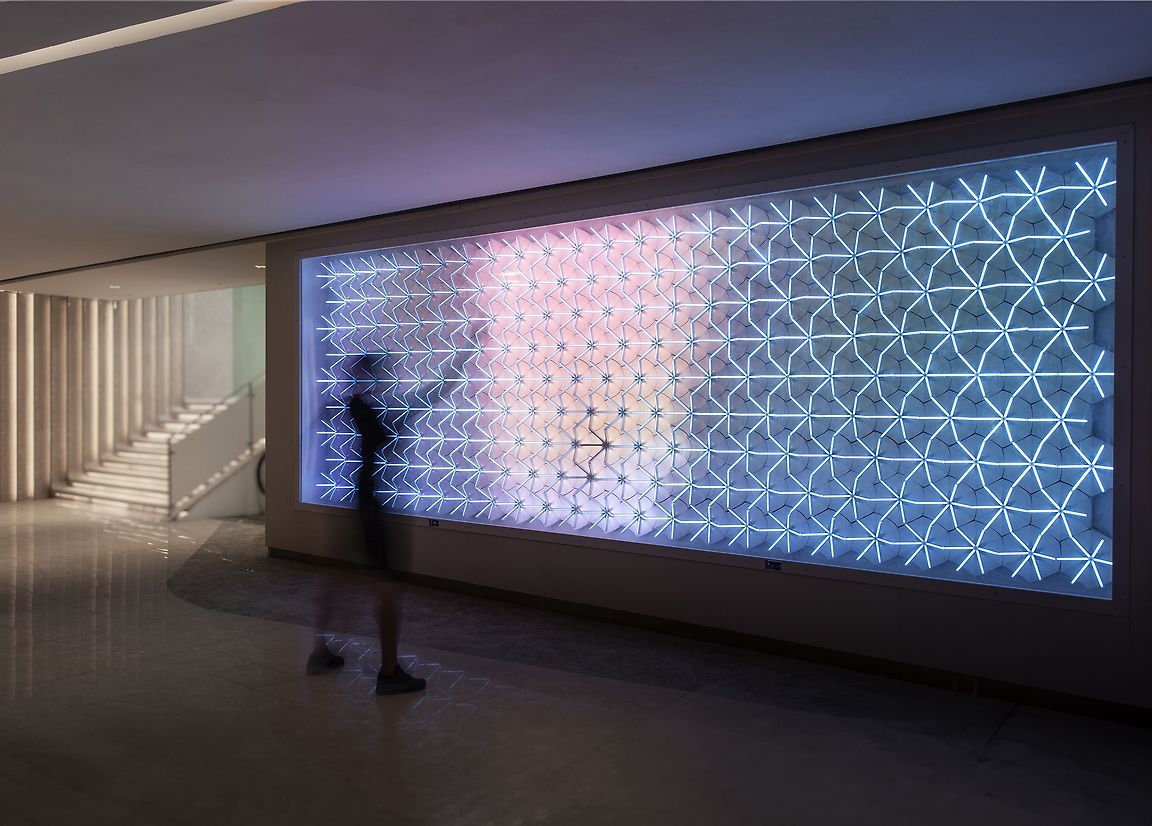

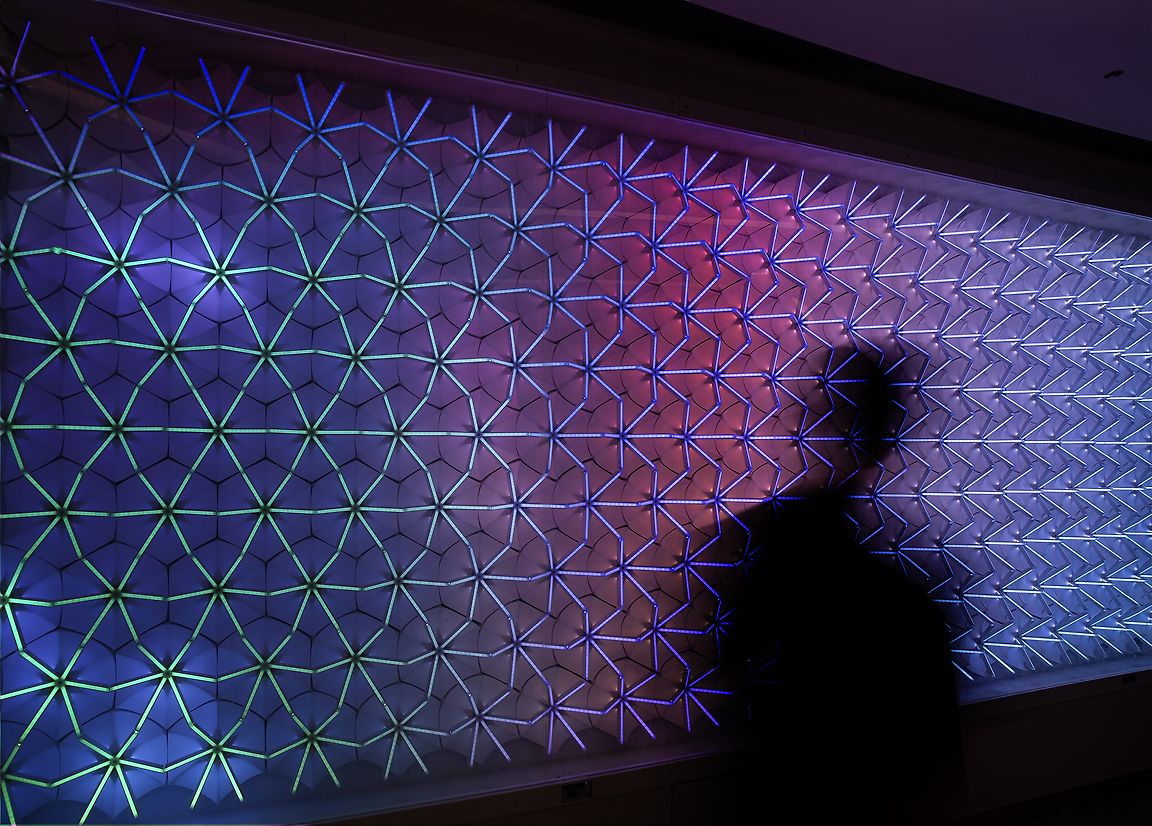
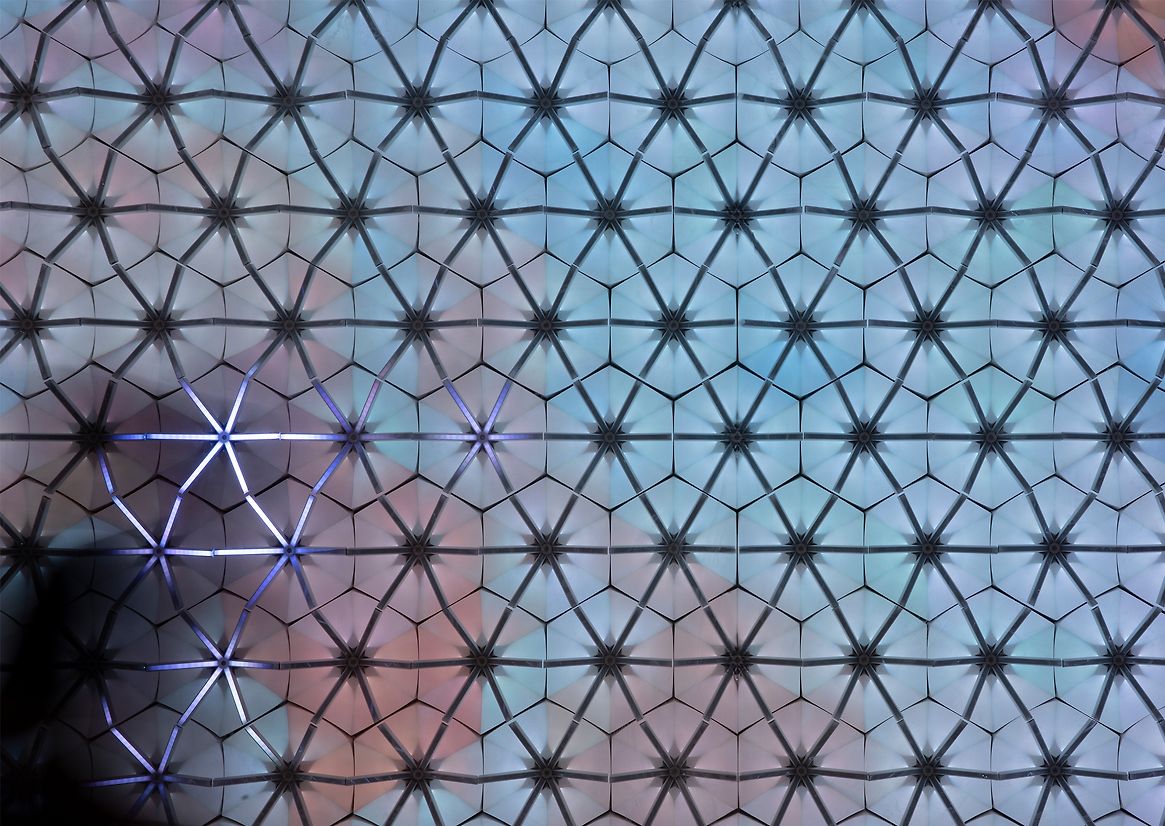
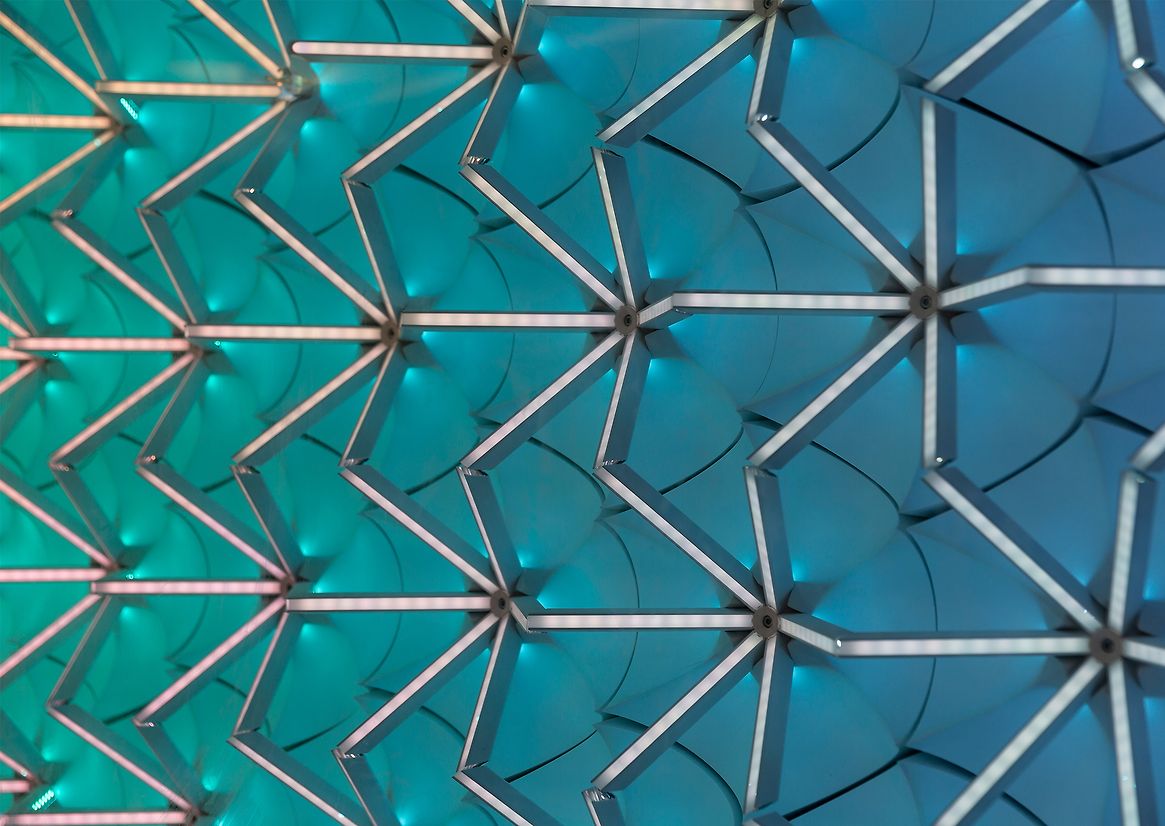
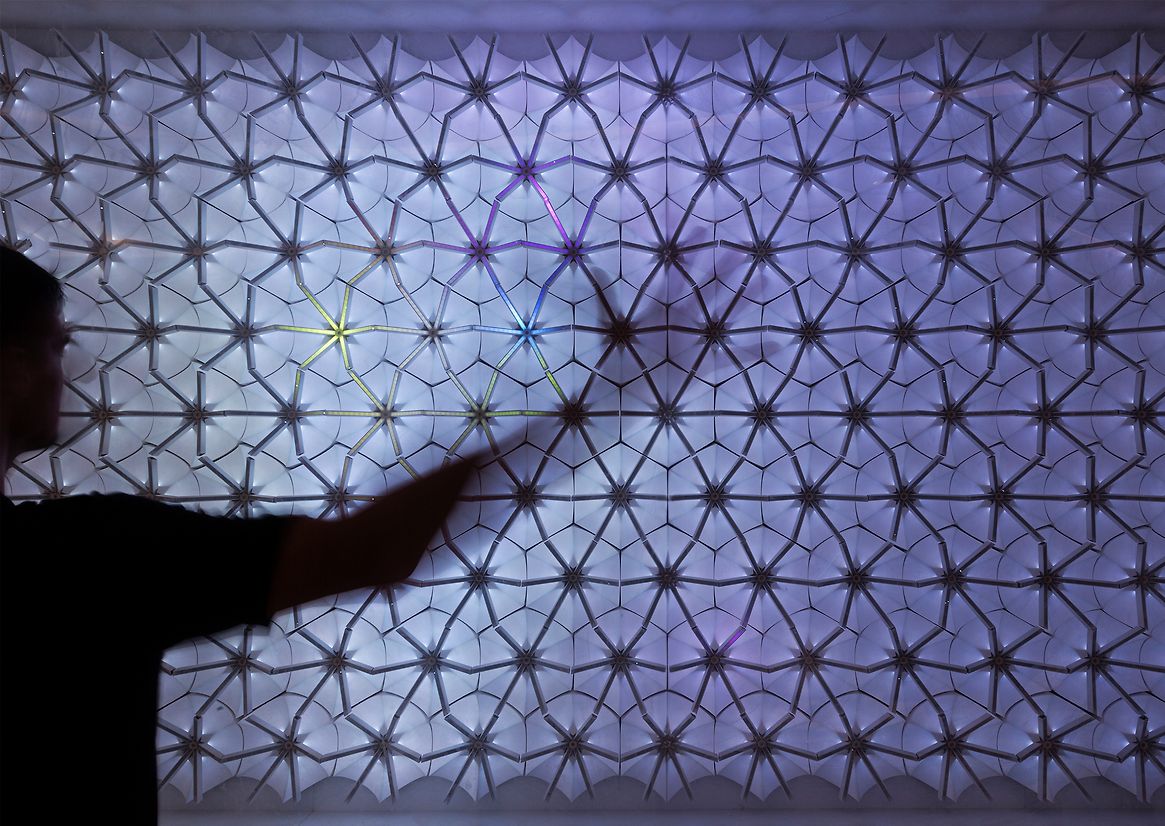
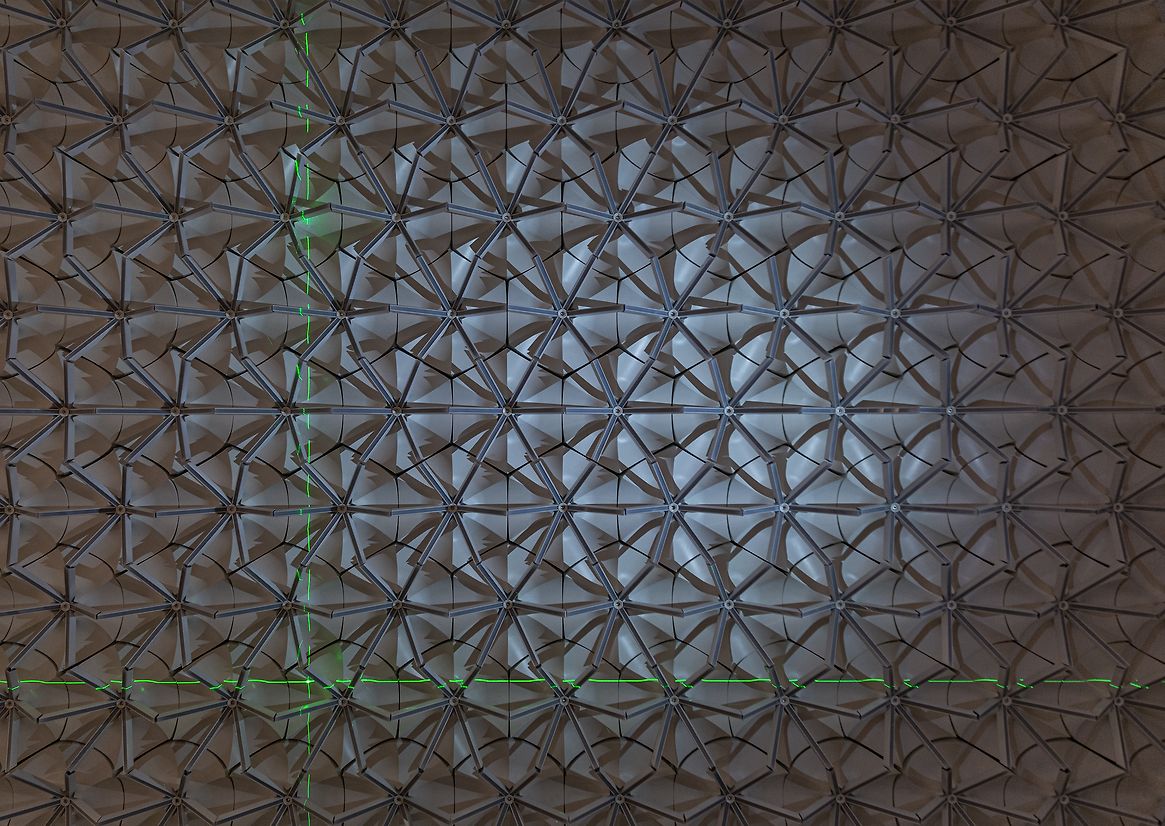
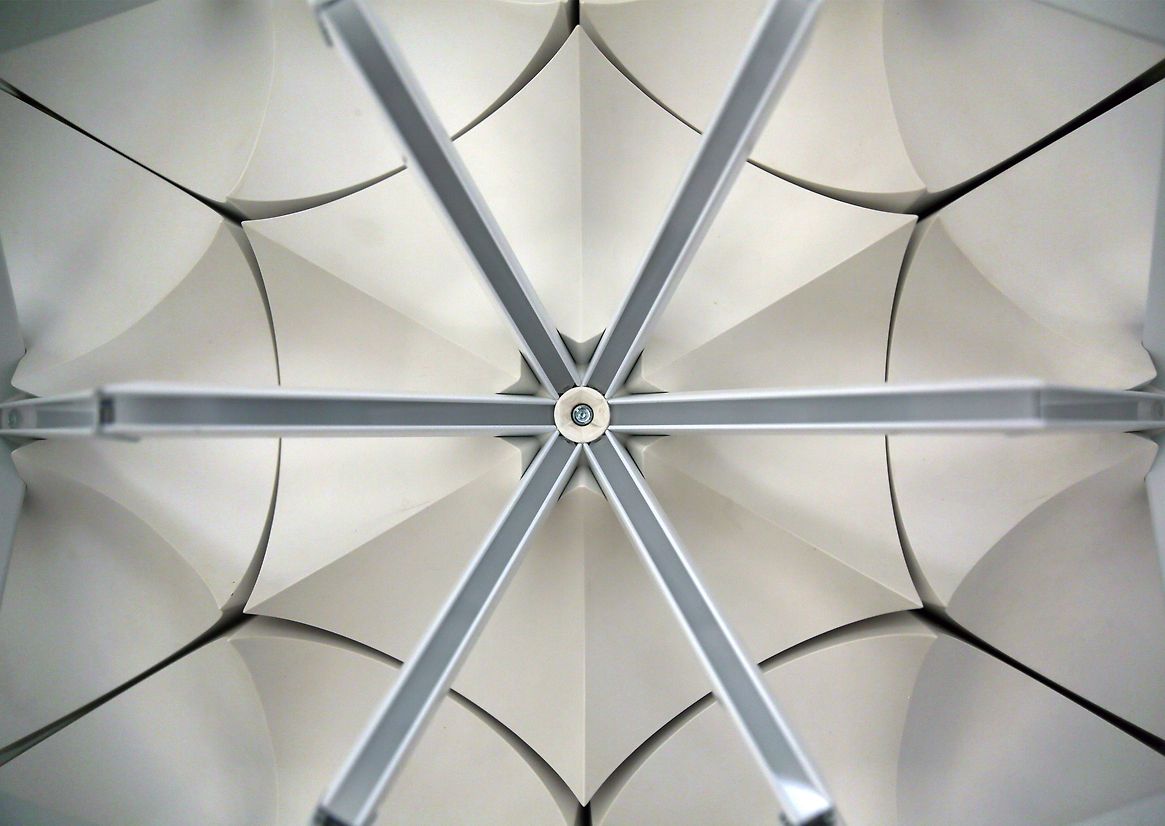
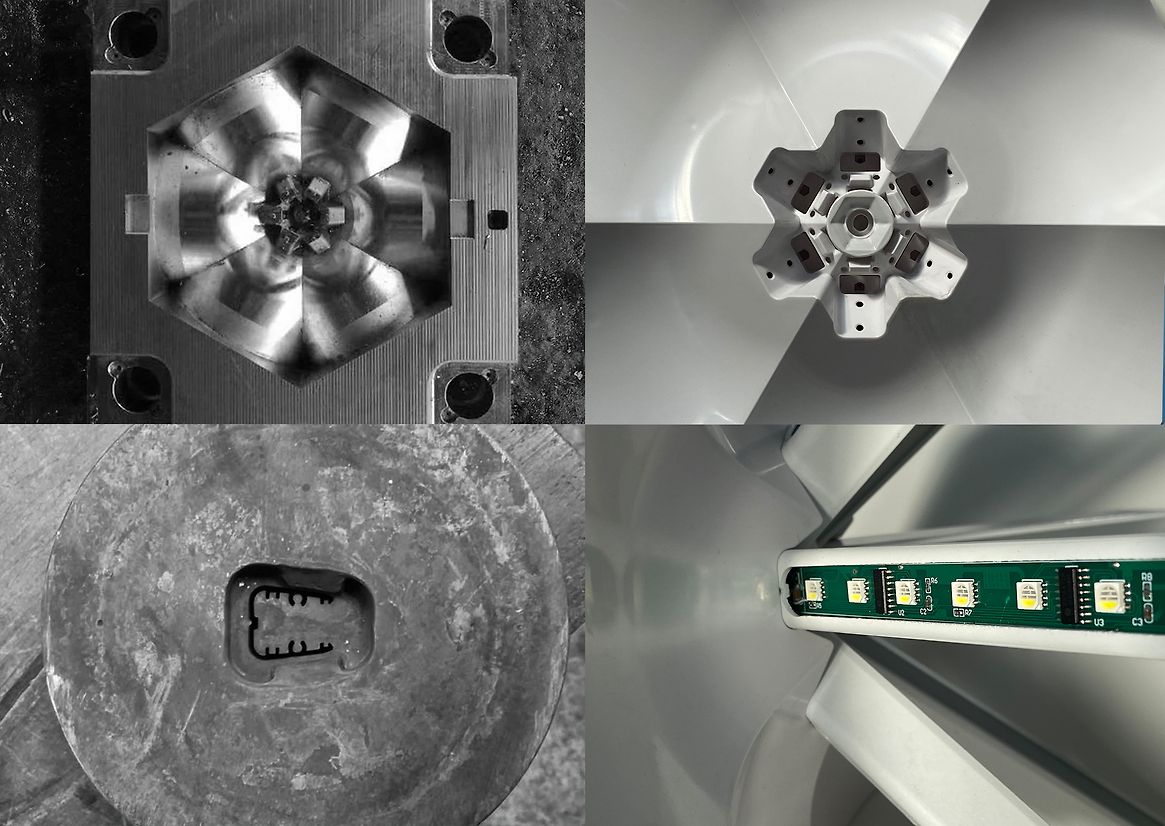
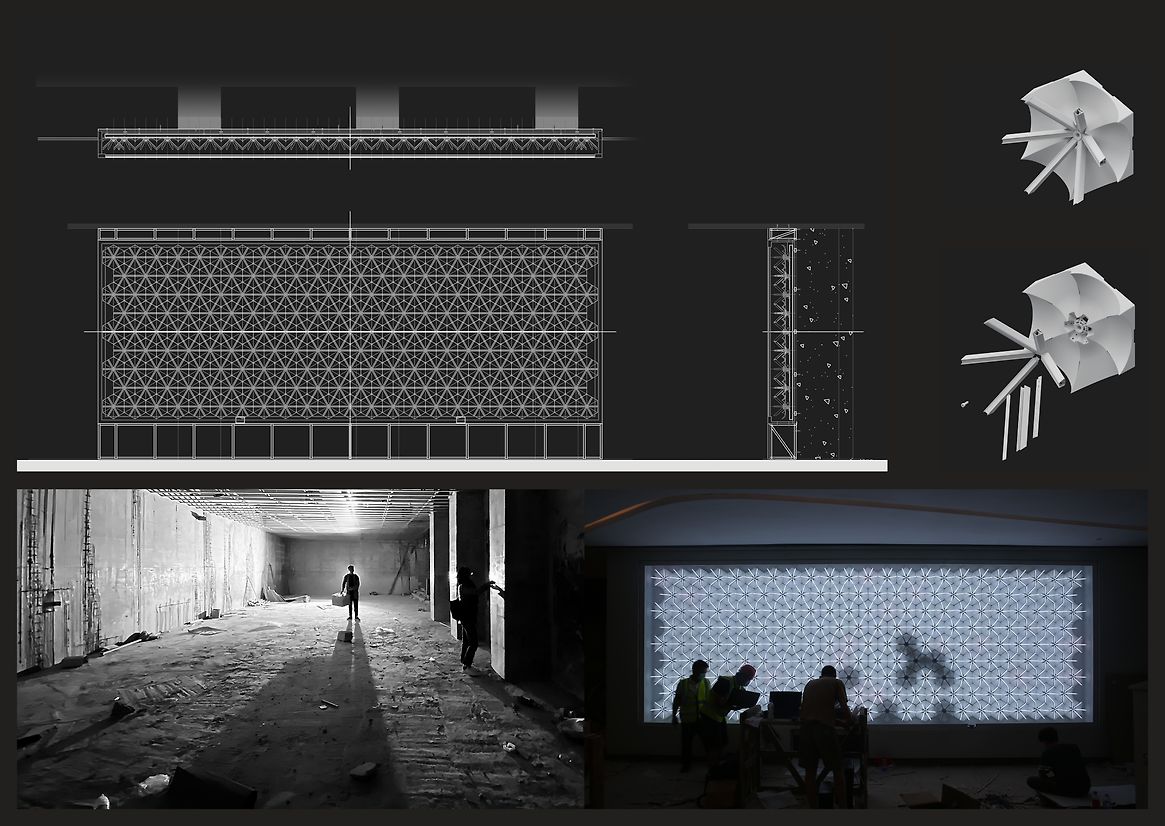
Description:
Platonic Fractal - An interactive light artwork; a focal point along a heavily trafficked underground concourse that connects a recently completed OMA Rem Koolhaas designed office complex to a main station of the Shenzhen Metro, Guangdong Province, China.
Sited in a transit space the installation reflects the passing peoples movements, by sensing human form, interpreting via a series of parametric algorithms and then outputting as abstract forms in light and shadow, loosely recognisable as a reflected human form and clearly mirroring the movements and actions of the passersby. In this way the visitors become part of the work itself, empowered to create their own patterns on this digital canvas.
The installation comprises 205 identical modules that when read together form a whole greater than the sum of its parts.
At a large 7m x 2.5m scale it is designed for the viewer to lose oneself in the piece as the bounds of the work spill beyond the viewers field of vision and leading the eye deeper into the piece, becoming lost within the tessellating pattern.
Fractal in nature, there are hexagonal outlines that slip within one another and overlap with multiple patterns present.
The design is intricate and complex; however, it has a resulting simplicity that is childlike and playful belying a rigorous design process of numerous iterations, prototypes and testing.
Where the hardware ends, custom software interjects, reading human form with depth-sensing cameras to interpret analog physical form as digitally produced light and shadow.
What in essence is highly complex form its light output is playful, child-like and has a simple beauty.
The light cast is both independently front and back facing, with each custom LED circuit board home to 16 diodes, with 205 units and 1,230 boards, 19,680 diodes, each one individually mapped, assigned and controllable.
The intent for the forward-facing light was to create a hexagonal grid of highly defined linear light with the armatures providing a skeletal topography, whilst the rear facing light is bounced off the more gentle topography of curves and petals at the back, resulting in a less defined light whilst changes are more subtle diffused.
Manufacture required a holistic approach with testing in 3D printed forms, final design settled a block of steel weighing 500kg was CNC milled to create the injection module, from which formed plastic reflectors module, diffuser strips were laser cut from acrylic, and aluminium armatures extruded from steel dye and then CNC milled and powered coat finished. 1,230 custom printed circuit boards totally 22,140 LED diodes and a myriad cables, controllers, and transformers. 2 depth sensing cameras and a single PC control the sensing input and light data output.
The sensing and programming interpret the human form in 6 distinct modalities, each a quality of its own with varying tempo and tone - each set to shift gradually giving a slow changing range of dynamic. The gradual shift is subtle enough almost not to notice until the full shift has occurred.